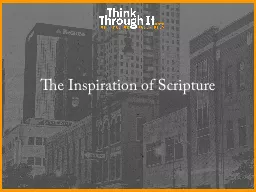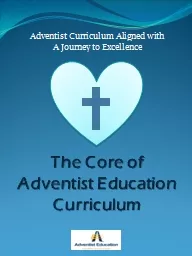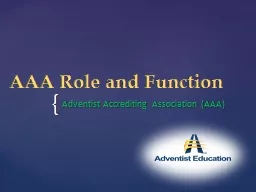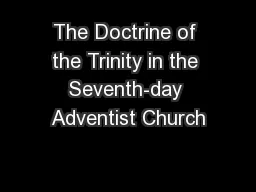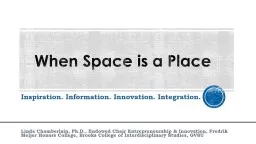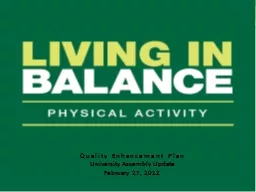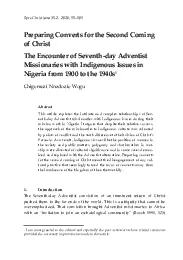PPT-Adventist Understanding of Inspiration
Author : caitlin | Published Date : 2022-06-07
Historical Overview by Alberto R Timm Three Controversial Issues Prophetic inspiration Hermeneutics of the inspired writings Relationship to culture All Scripture
Presentation Embed Code
Download Presentation
Download Presentation The PPT/PDF document "Adventist Understanding of Inspiration" is the property of its rightful owner. Permission is granted to download and print the materials on this website for personal, non-commercial use only, and to display it on your personal computer provided you do not modify the materials and that you retain all copyright notices contained in the materials. By downloading content from our website, you accept the terms of this agreement.
Adventist Understanding of Inspiration: Transcript
Download Rules Of Document
"Adventist Understanding of Inspiration"The content belongs to its owner. You may download and print it for personal use, without modification, and keep all copyright notices. By downloading, you agree to these terms.
Related Documents


